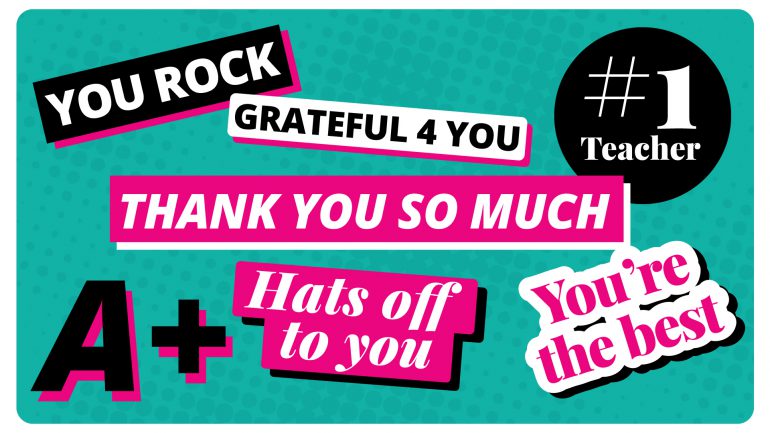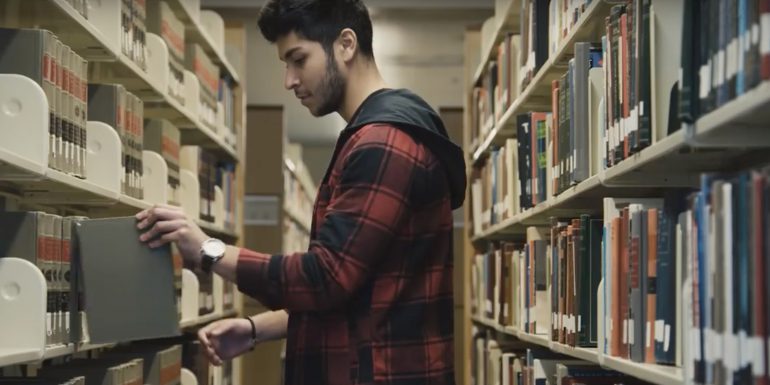Supportive Student-Teacher Relationships are Key to Nursing Student Success
by Pearson

More than 3.5 million nurses around the country are currently providing a variety of essential healthcare services. In doing so, they are spending more hours with patients than any other profession in the industry, according to the American Association of Colleges of Nursing (AACN), which is why it’s essential for nurses to have a solid foundation of knowledge in the field and to develop a strong sense of confidence that can sustain them throughout their careers.
Nursing is the linchpin of the American healthcare system, but experts predict that the system could break. The Baby Boomer generation is aging and requiring more care; nursing programs are experiencing faculty shortages that restrict the number of students they can admit each year; and nurses are being pulled in so many different directions that they are burning out and leaving the profession at historic rates, according to a report from the National Council of State Boards of Nursing (NCSBN).
How can nurse educators provide a foundational learning experience that helps nurses thrive?
In addition to incorporating concept-based learning into the curriculum to prepare nursing students for challenging clinical environments, another important way to facilitate critical growth in the nursing profession is to support the role that student-teacher relationships play in promoting positive learning outcomes and strong retention rates.
Nurse educators play a vital role
Regardless of the level of difficulty or the subject matter being covered, the truly effective teachers are the ones who can connect with their students in meaningful ways. The student-teacher relationship is especially influential in nursing education programs, where the information is complex and mistakes can cost lives.
Nurse educator Tammy Vant Hul, Riverside City College, PhD, MSN, RN, ACNP, CNE, says that building a sense of trust between instructor and student is crucial. “I think helping students work through the idea that the only thing that they can\, put their money on is that their patients are going to change from the time they walk in there in the morning. The environment that they work in will change almost weekly.”
The student-teacher connection in nursing education is described as “a place of possibility” by Mary Gillespie, a professor of critical care nursing at the British Columbia Institute of Technology. “The qualities inherent in the essence of connection — knowing, trust, respect, and mutuality — create a transformative space in which students are affirmed, gain insight into their potential, and grow toward fulfilling personal and professional capacities,” she writes in the Journal of Advanced Nursing.
Other research has concluded that nurse educators who provide a supportive teaching context can dramatically alter a nursing student’s approach to learning, inspiring them to engage more deeply with the material and become active, enthusiastic learners. A positive learning environment has also been shown to bolster resilience in nursing students, a key factor in achieving academic success and professional longevity in the field.
Vant Hul and her colleagues, for example, don’t conduct “high stakes testing” because doing so can damage a student’s sense of psychological safety and interfere with the learning process. When one of Vant Hul’s students makes a mistake during a simulation exercise, she helps them learn from it by asking questions that encourage them to reflect on their performance, such as: What just happened? How could you have handled this situation better? and What will you do differently next time?
Cultivating a positive relationship while maintaining professional boundaries and holding students accountable for their learning is not a straightforward task. Gillespie emphasizes that nurse educators need to be trained in how to help students grow their own relational competencies, as well as how to keep the “educator-in-relationship” role in mind when assessing students.
The importance of promoting dignity
In healthcare, the concept of dignity — a human being’s intrinsic worth and fundamental right to be treated with respect — is often discussed in relation to the patient who is being cared for, not the nurse who is caring for that patient. However, when it comes to training and retaining nurses, it is the dignity of these essential healthcare providers that needs to be of paramount importance to educators.
“It is a goal in nursing education to promote students' dignity and facilitate this core value,” write Tone Stikholmen, Dagfinn Nåden, and Herdis Alvsvåg in a study published in Nursing Ethics. The study found a meaningful link between the student-teacher relationship and a nursing students’ experience with dignity. When an educator was affirming, empathetic, and accepting, students were more likely to have confidence in their abilities and to be more present in patient situations.
In the student interviews conducted by Stikholmen and his colleagues, the following recommendations for nurse educators emerged:



















































